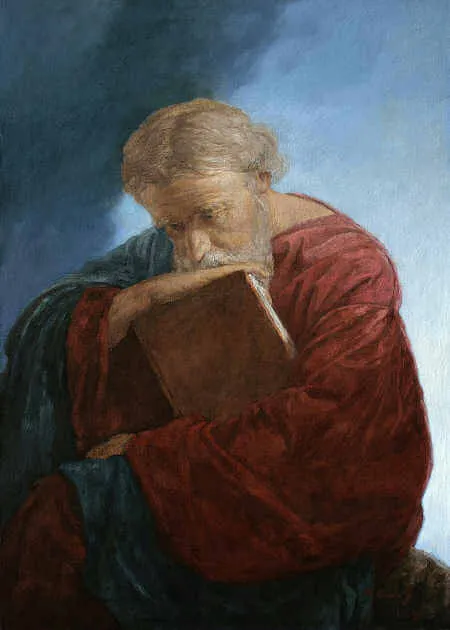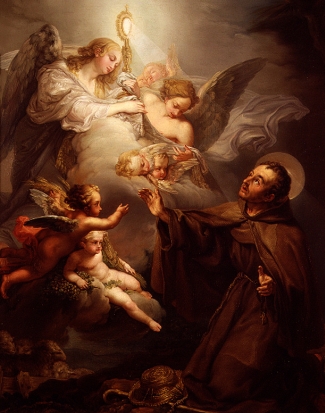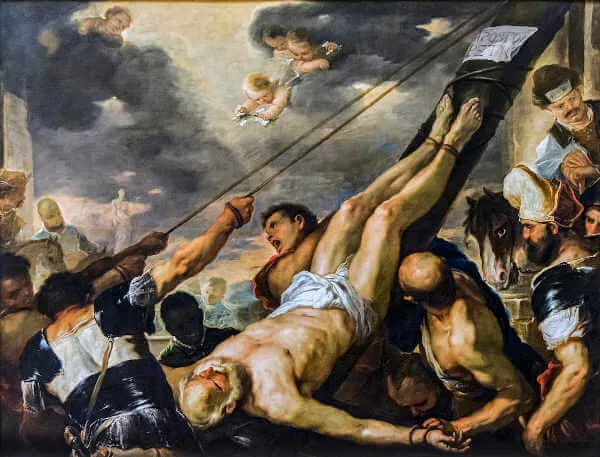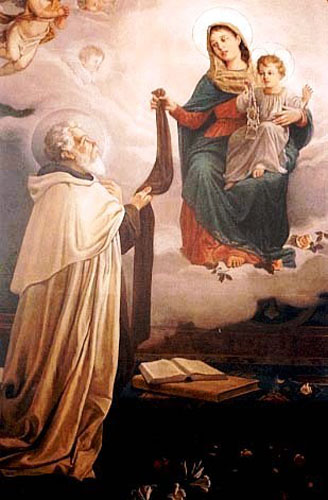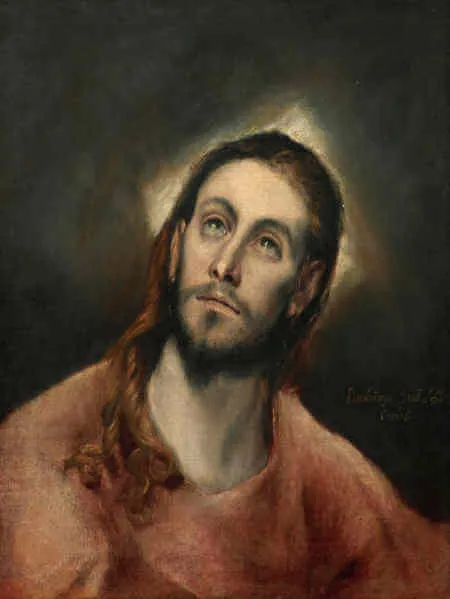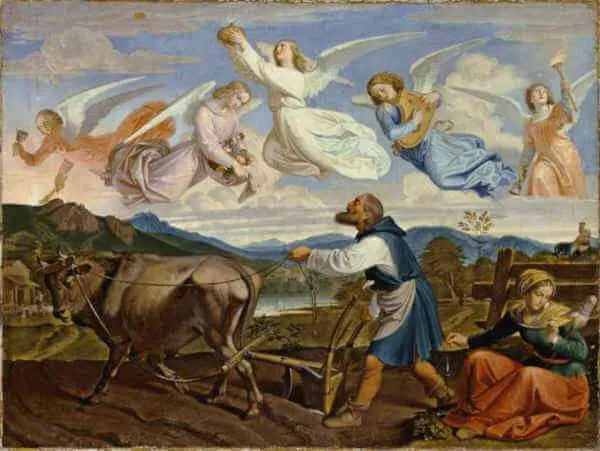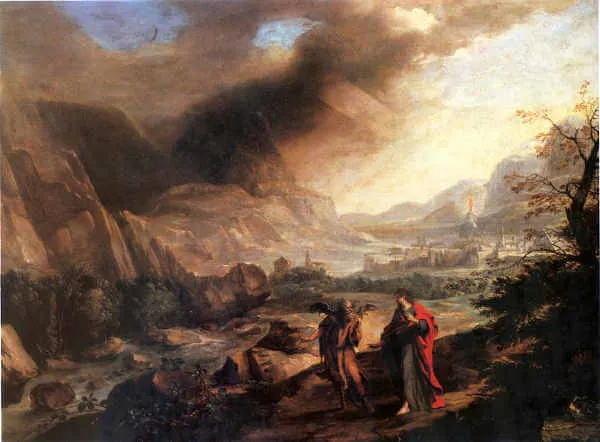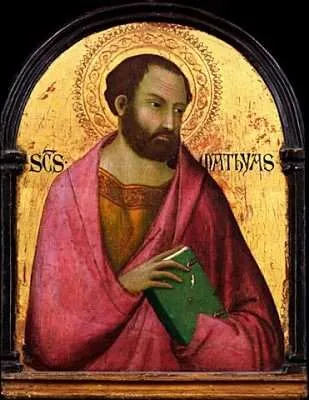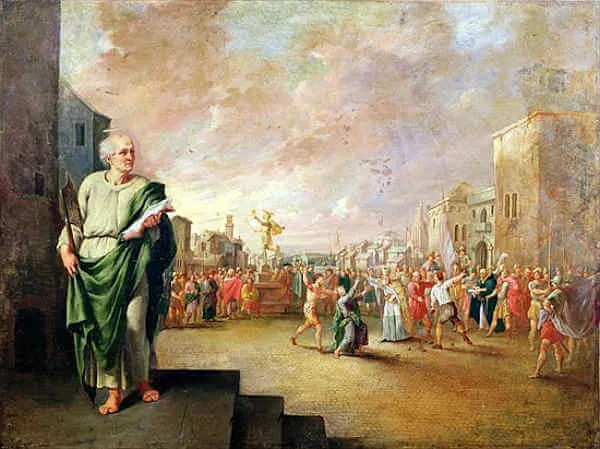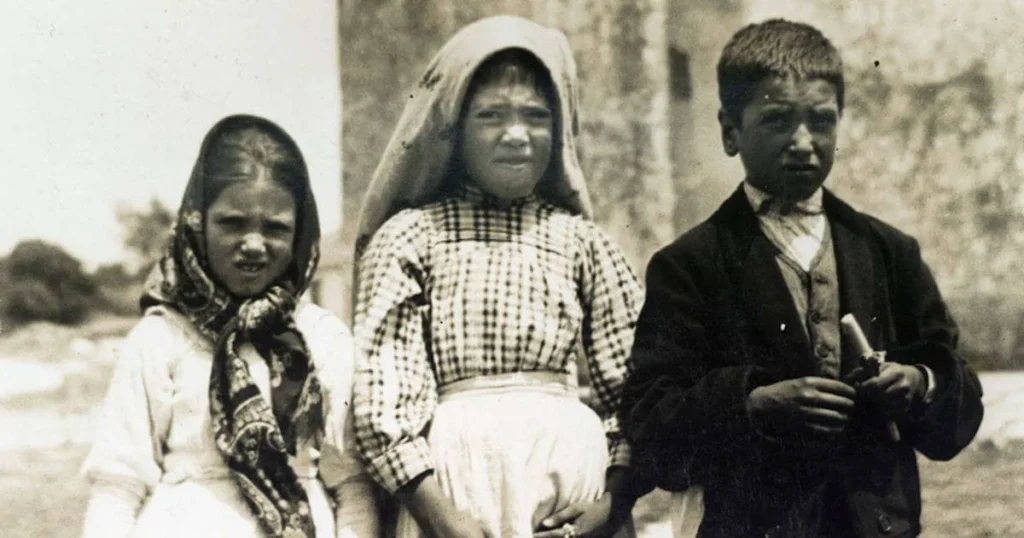John 21:24-25
A Holy Awe
It is this disciple who testifies to these things and has written them, and we know that his testimony is true. There are also many other things that Jesus did, but if these were to be described individually, I do not think the whole world would contain the books that would be written.
Reflection:
As we conclude our Easter season, we are given the conclusion of the Gospel of Saint John to ponder. Recall that John’s Gospel has been a central focus throughout the Easter Season. Therefore, if you have been prayerfully reading the Gospel for Mass each day for the past several weeks, then you have truly immersed yourself in this holy Gospel.
The Gospel of Saint John is much different from the other three Synoptic Gospels. John’s language is mystical and symbolic. John presents the seven miracles as the seven “signs” that reveal Jesus’ divinity. Jesus is identified as I AM, the Son of the Father, the Vine, the Bread of Life, the Light of the World, the Eternal Word, and more. John points to the Crucifixion as Jesus’ hour of glory in which He takes up His throne of the Cross for the salvation of the world. And John’s teaching on the Eucharist is truly profound.
John states that the reason he wrote his Gospel was so “that you may come to believe that Jesus is the Messiah, the Son of God, and that through this belief you may have life in his name” (John 20:31). John clearly loved our Lord and understood Him, not only by personal experiences while Jesus was alive on earth but also through a profound level of prayer in his later years. And this depth of understanding and mystical knowledge is communicated in such a way that the reader is easily drawn into John’s prayerful understanding.
As John concludes His testimony about Jesus, he states something worth pondering. He states that Jesus did so many things that were not recorded by him or others, that if they were all written down, the whole world would not contain the books that would be written. First of all, everything that was written down could be the source of prayerful study for a lifetime. John’s Gospel alone could never be exhausted of its meaning. But then consider this final line of John’s Gospel and try to take it as a literal statement for a moment. If that statement were literally true, that the whole world could not contain the books that would record all that Jesus did, then this fact should leave us with a holy awe. In fact, the reason this must be true is because what Jesus did within each and every mind and heart He touched is truly indescribable. Volumes upon volumes could not thoroughly describe it. His divine action of saving souls, rescuing people from sin and death, and pointing them to eternal life is more than our feeble minds can fully comprehend.
Reflect, today, upon the holy Gospel of Saint John. As we do conclude this Easter Season and our reading of John’s Gospel, allow yourself to sit in awe of the infinite activity of our divine Lord in the lives of those who have turned to Him. Consider every movement of grace in their lives that has been accomplished with such care and love by our Lord. Reflect upon the fact that for eternity you will be contemplating the Eternal Word made Flesh, the Messiah, the Great I AM, the Son of the Father and every other name given to Him Who is our God and King. Saint John loved our Lord and understood Him deeply because he spent his life prayerfully pondering all that Jesus did. Continue to commit yourself to this holy pondering so that you will be drawn more deeply into this contemplation with holy awe.
Source: https://catholic-daily-reflections.com/2024/05/17/a-holy-awe-3/


